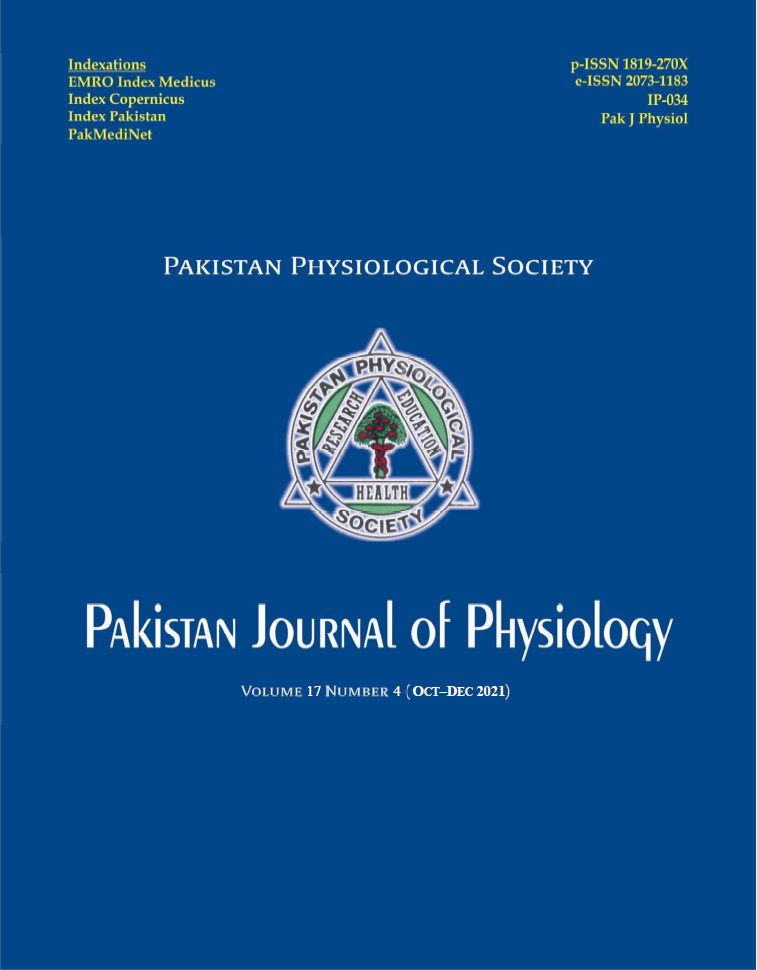CLINICAL SPECTRUM AND OUTCOME OF CHILDREN PRESENTING WITH POISONING TO TERTIARY CARE HOSPITAL
DOI:
https://doi.org/10.69656/pjp.v17i4.1304Keywords:
Children, Poisoning, Organophosphorus, KeroseneAbstract
Background: Accidental poisoning is one of the important emergencies in children. The objective of this study was to enlighten the clinical spectrum and outcome of poisoning in children presenting to a tertiary care hospital. Methods: This retrospective study was done in one of tertiary care hospitals, from Jan 2018 to Dec 2019. Retrieved from data, children of either sex aged from one month to 13 years admitted with diagnosis of accidental poisoning were included. Patients’ age, sex, poisoning product, presenting symptoms to hospital and outcome from hospital as discharge, expired, transfer out, or left against medical advice were documented. Analysis of data was done using SPSS-20 and p<0.05 was taken as significant. Results: There were 51 patients, 33 (64.7%) males and 18 (35.3%) females. Patients’ mean age was 4.24±3.6 years (Range: 1 month to 13 years). Children up to two years of age accounted for 45.1% of patients. The majority (41.2%) of poisoning was due to organophosphorus compounds. Opioids were major type of poisoning in younger children. Most common clinical presenting feature was vomiting and diarrhoea in 45.1% patients followed by the other presenting feature of respiratory difficulty which was present in 21.6% patients. Antidote was given in 68.6% patients. Out of 51 patients, 45 (88.2%) got discharged, 4 (7.8%) expired while 2 (3.9%) were transferred to other hospitals. Conclusion: Young male children are more at risk of poisoning. Organophosphorus compounds are leading cause of poisoning and the most common presentation is with vomiting and diarrhoea.
Pak J Physiol 2021;17(4):15?8
Downloads
Downloads
Published
How to Cite
Issue
Section
License
The author(s) retain the copyrights and allow their publication in Pakistan Journal of Physiology, Pak J Physiol, PJP to be FREE for research and academic purposes. It can be downloaded and stored, printed, presented, projected, cited and quoted with full reference of, and acknowledgement to the author(s) and the PJP. The contents are published with an international CC-BY-ND-4.0 License.











